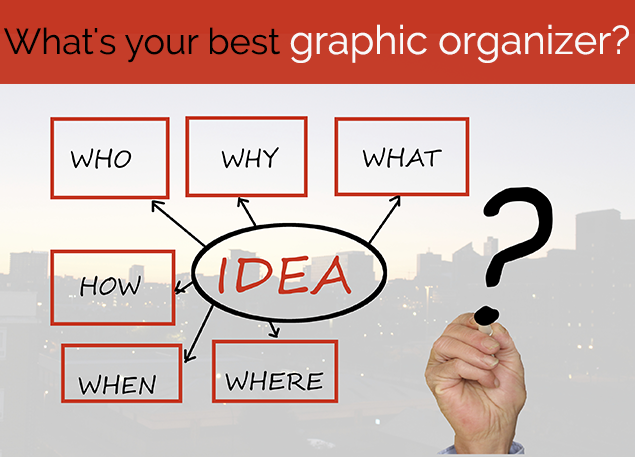What are Concept Maps and how do you use them in the Classroom?
Posted by Network Support · Leave a Comment
Use concept maps in your classroom to encourage students to understand concepts as a whole. This graphic organizer allows students to connect knowledge and record it in a visual manner.
What are Concept Maps?
A Concept map is a type of graphic organizer that helps students learn about new concepts or ideas and their relationships to other concepts in a simple manner through visual representations. These concepts are represented in boxes or circles with connecting lines that symbolize their relationships. The relationships are specified using linking words written on the lines.
Benefits of concept maps
Concept mapping helps students to:
- Brainstorm and generate ideas
- Organize and prioritize information
- Activate prior knowledge and link new learning with existing knowledge
- Clearly represent and communicate their knowledge and understanding of a topic
How to teach concept maps?
Most concepts maps are hierarchical in nature, with the related topics branching out from the main one. They are also flexible, allowing for change and addition of new concepts. However, the relationship between the concepts and ideas always remain the same. Students can be taught concept mapping using these five simple steps:
- Start with a Focus Question: A good focus question will help determine the structure of the concept map. The question should focus on the primary idea or concept and require a solution or a conclusion. The question will be the directive factor, determining the information or sub concepts that are to be recorded in the map.
- Recording concepts: This step is concerned with collection and ranking of information. Students are instructed to list sub concepts or information related to the primary idea and then rank or organize them based on relevance and importance to the focus question.
- Finding connections: Identify relationships between the different concepts and represent those relationships on the map. This includes identifying the basic links or the presence of any cross-links connecting the information to other topics. This step helps strengthen student’s learning and knowledge of the topic.
- Review and complete the map: Reflect and review to ensure that the connections found are accurate or make changes accordingly.
- Practice the strategy: Students can first learn the strategy in groups and also by being given a focus question. As they learn the strategy, encourage them to create their own concept maps and to frame their own focus questions.
Using concept maps in the classroom
The following are various ways you can use Concept maps in the classroom:
- To introduce new topics and to assess prior knowledge: Introduce the topic in the form of a focus question and encourage students to create a concept map. This will help you to activate and assess their existing knowledge on the topic, identify any misconceptions and structure your teaching process accordingly.
- As a learning strategy: Encourage students to create a concept map folder. With every new topic covered or learned. Encourage students to identify connections linking new topics with the previous ones. These relationships can be added to the existing concept map sheets and the growing concept map symbolize their increased and improved learning.
- As a classroom activity: Create a concept map using a fill in the blank format. Group students into pairs and provide each pair with this map. Students can be instructed to fill out the map as an in between activity or as an exit slip. Using this method, teachers can identify any need for clarification, while it helps students to understand and recall the information.
- To evaluate for learning: Concept mapping can help evaluate learning when incorporated in the form of assignments or projects. The task will require the students to be critical and logical in their selection, organization and representation of information. The students will then have to assess the information in terms of its relevance and significance to the focus question.
Like this article for teachers?
Browse the Professional Learning Board COURSE CATALOG to find related online courses for teachers in your state. Professional Learning Board is a leading provider of online professional development classes that teachers use to renew a teaching license or renew a teaching certificate.





